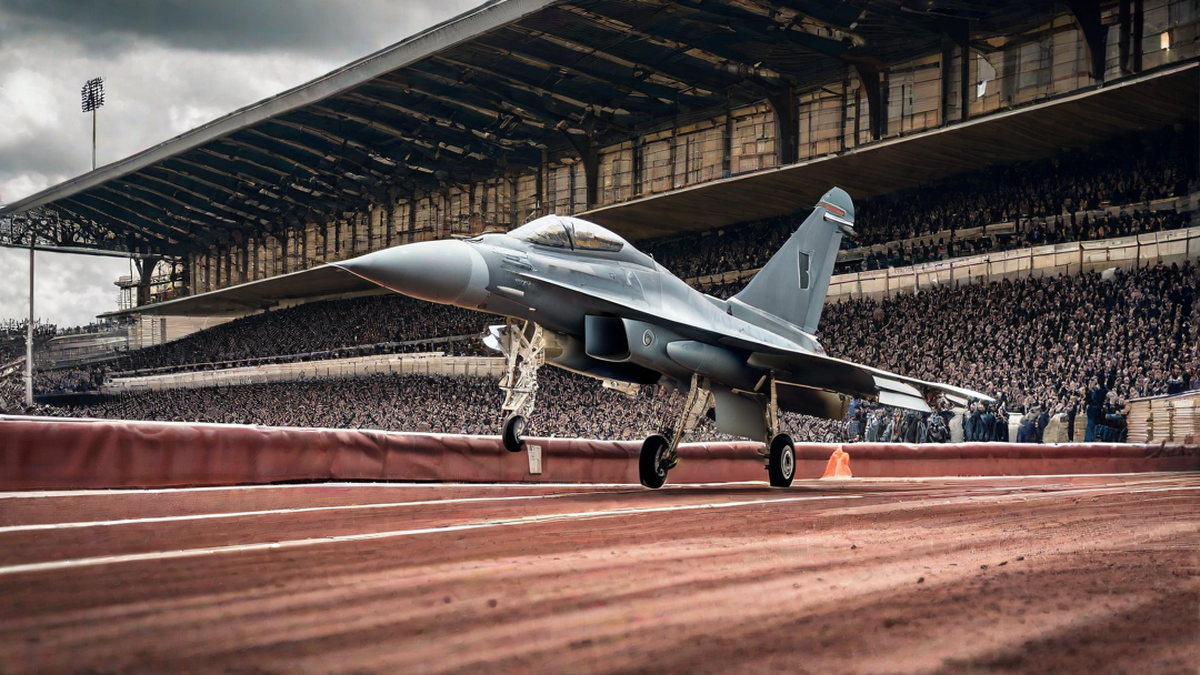As an avid runner, I have always been on the lookout for ways to improve my performance and minimize any discomfort or injuries that may arise from my regular runs. One topic that often comes up in discussions among runners is whether or not air forces are good for running. As someone who has personally experienced the benefits of using air forces during my runs, I wanted to delve deeper into this topic and share my insights with fellow runners.
The Impact of Air Forces
Air forces, also known as air-cushioned shoes, are designed to provide extra cushioning and shock absorption to help reduce the impact on your joints while running. They are equipped with air-filled pockets or chambers that are strategically placed in the midsole or heel of the shoe. The air-filled pockets compress upon impact and then bounce back, providing a cushioned landing and a responsive take-off.
One of the main benefits of using air forces is their ability to absorb and distribute the impact forces generated during running. This can be particularly helpful for runners who have a history of joint pain, such as knee or ankle issues. By reducing the impact on these areas, air forces can potentially help prevent injuries and alleviate pain.
Moreover, air forces can also enhance the running experience by providing a comfortable and springy feel. The cushioning effect can make your runs feel smoother and less jarring, allowing you to focus more on your form and stride rather than worrying about the impact on your feet and joints.
Considerations for Choosing Air Forces
When considering whether air forces are good for running, it’s important to keep in mind that different runners have different needs and preferences. While air forces can be beneficial for many, they may not be suitable for everyone.
One of the key factors to consider is your running style and foot strike pattern. Air forces are generally more suitable for heel strikers, as the extra cushioning in the heel area can help absorb the impact that occurs with each step. However, if you are a forefoot or midfoot striker, you may find that air forces disrupt your natural running mechanics and feel less comfortable.
Additionally, it is crucial to choose the right pair of air forces that provide adequate support and stability for your feet. The fit of the shoe should be snug but not overly tight, and the midsole should offer enough stability to prevent excessive pronation or supination.
Personal Experience and Recommendations
From my personal experience, I have found air forces to be a game-changer for my running. As someone who struggled with knee pain in the past, switching to air-cushioned shoes significantly reduced the discomfort I felt during and after my runs.
Moreover, the added cushioning and springiness of the air forces made each run feel more enjoyable and less strenuous on my joints. It almost felt like running on clouds, providing me with the confidence and comfort to push myself further and run for longer distances.
However, it is important to note that what works for one runner may not work for another. It is always recommended to try on different brands and models of air forces to see what feels best for you. Additionally, consulting with a running specialist or podiatrist can provide valuable insights into your unique running mechanics and help you make an informed decision.
Conclusion
In conclusion, air forces can be a beneficial companion for runners looking to protect their joints and enhance their overall running experience. The extra cushioning and shock absorption provided by air-cushioned shoes can help reduce the risk of injuries and make your runs more comfortable and enjoyable.
However, it is important to keep in mind that individual preferences and running styles vary, and what works for one runner may not work for another. It is always recommended to try out different shoes and seek professional guidance to find the right pair of air forces that perfectly suit your needs.

